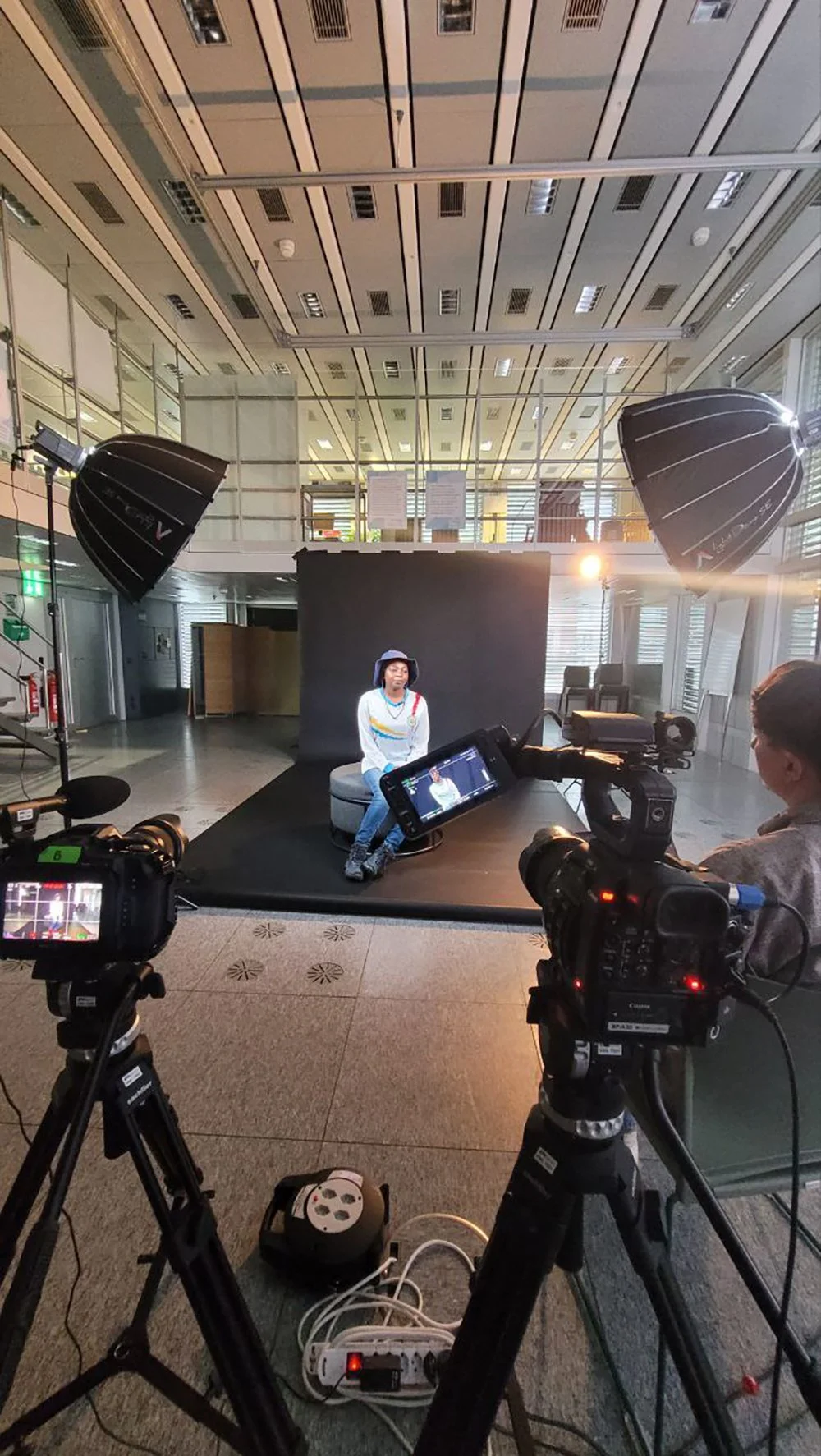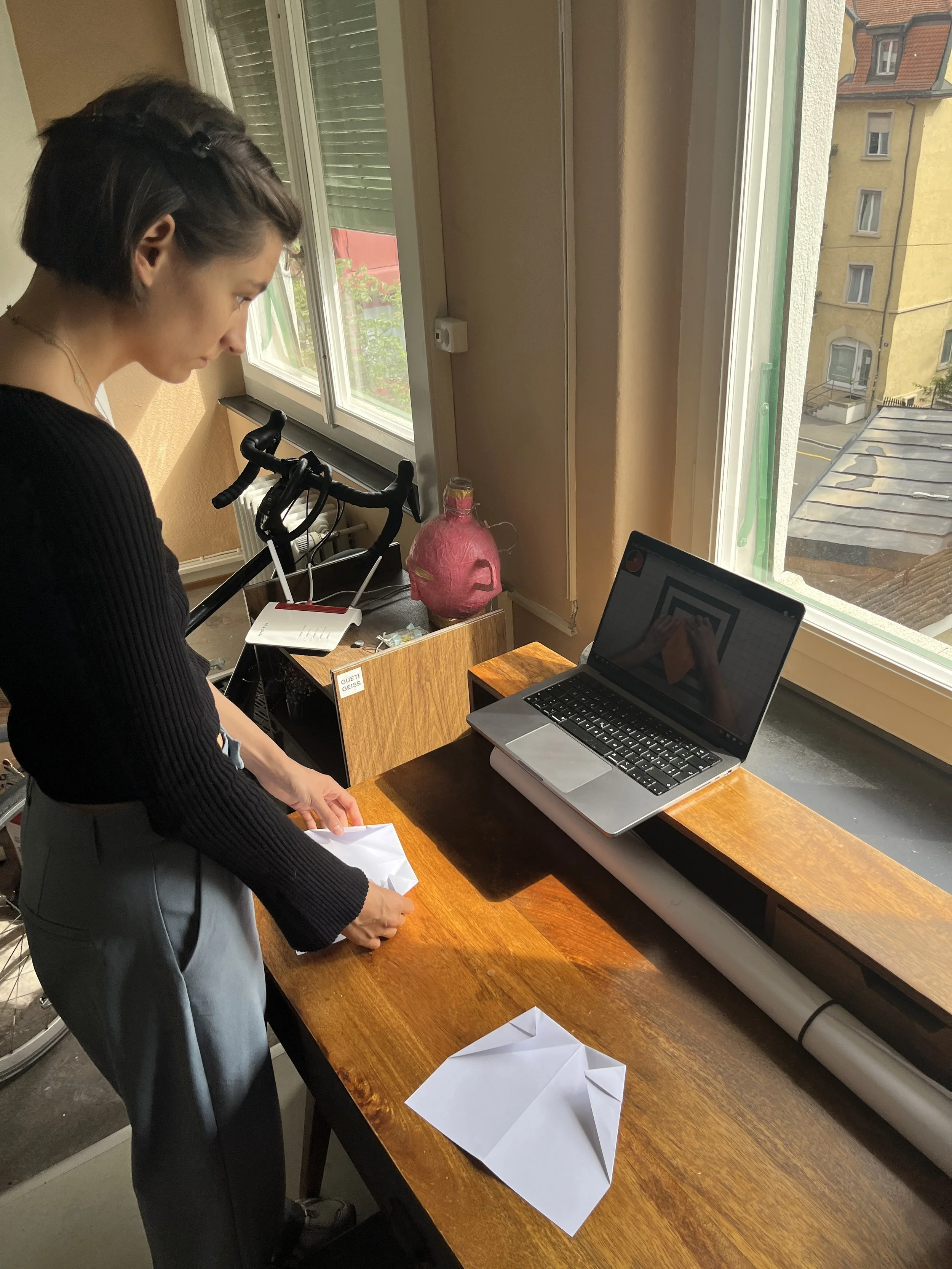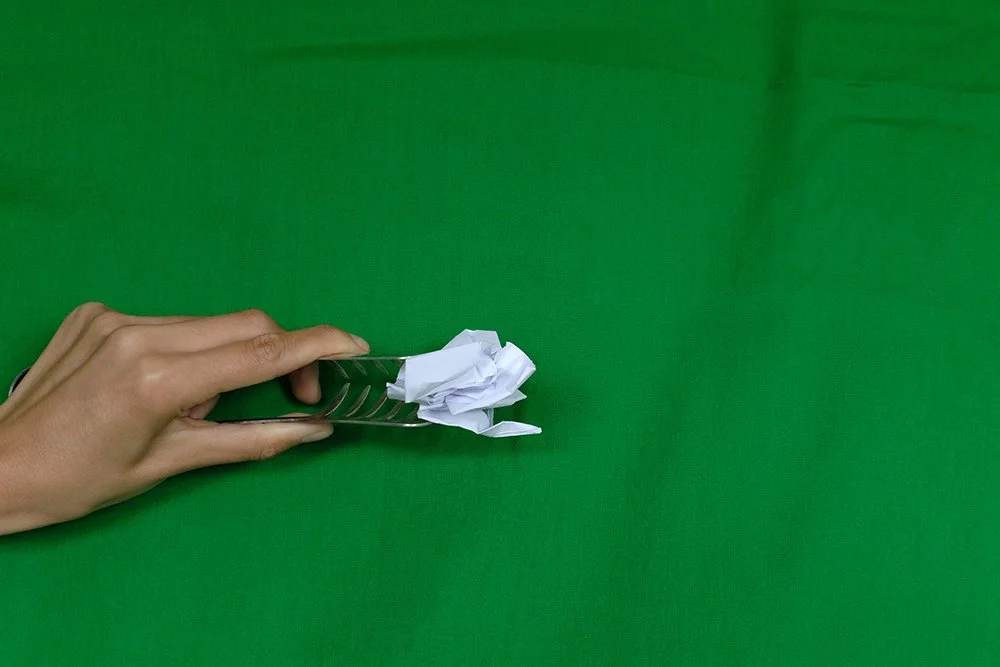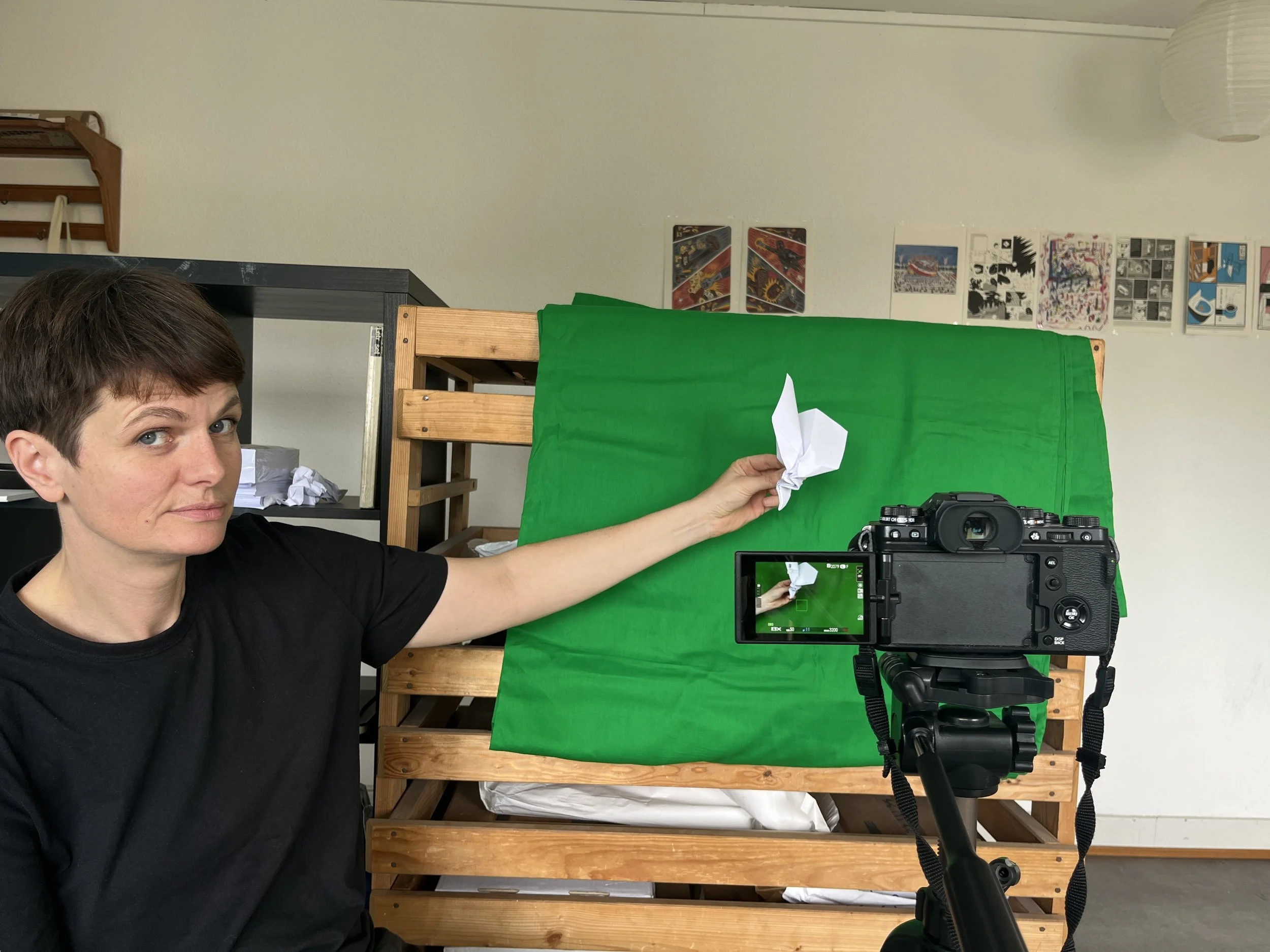Sharing Agroecological Innovations
ETHZ D-USYS, Department of Environmental Systems Science
For many agroecologists, the sharing of one’s research is fundamentally important. But how can agroecological innovations be shared in ways that are accessible and efficient, and work for various types of stakeholders? In our co-design process, we addressed that question and decided on producing two videos and a set of cards that focus on tools such as design thinking and the real-life experience of a scientist. In addition, MML has offered four teachings on the following topics: infographics for lecturers and for students; storytelling for students and smartphone videography for students.
-
Project Lead D-HEST:
Prof. Dr. Christina Spengler
Dr. Fernando Gabe BeltramiProject Lead MML:
Judith Rehmann M.A.
Robin Bretscher
Script Development:
Prof. Dr. Christina Spengler
Judith Rehmann M.A.
Robin BretscherVisual & Motion Design:
Hannes OehenSound Design:
Hannes OehenAdditional Animation:
Estelle Gattlen
Elyna Zamree
Voice Over:
Dan AkersBackstopping:
Dr. Jeanine Reutemann
Animated Videos
Design thinking
Visualizations and explainer videos are powerful tools for educators and communicators to convey complex ideas effectively and help students learn and retain information. In this video, the concept of Design Thinking and its potential in science communication is brought to life.
Science Communication
In this video, researcher and scientist Sharon Migeri shares best-practice insights from her experience in the field, illustrating the importance of human connection and the transformation of information in science communication.






Teachings
Infographics for Lectures, Infographics for Students, Storytelling for Students, Smartphone Videography for Students.
-
Sharing scientific findings with a wide array of societal stakeholders can be an essential and challenging part of a scientist’s work. Infographics and the visual transformation of scientific findings are an essential tool to facilitate understanding. In this lecture, participants learned about the different types of infographics there are and the ways they can be used in science communication.
-
In this workshop, students first learned about the value and types of infographics in science before applying their newly-gained knowledge to their own projects, transforming their scientific research into informative infographics.
-
In order to bridge the gap between academia and societal stakeholders, students need to effectively communicate their scientific findings. Storytelling is one aspect of efficient science communication, as it creates meaning and illustrates the stakes of various topics. In this workshop, students learned about the foundations of scientific storytelling, and received hands-on tips on how to effectively use storytelling in the communication of their research.
-
Smartphone videography is a powerful and easily accessible tool to create videos in educational settings. In this course, students at ETH get the foundational knowledge on how to use their smartphones to create videos and to apply these skills in the communication of their research.

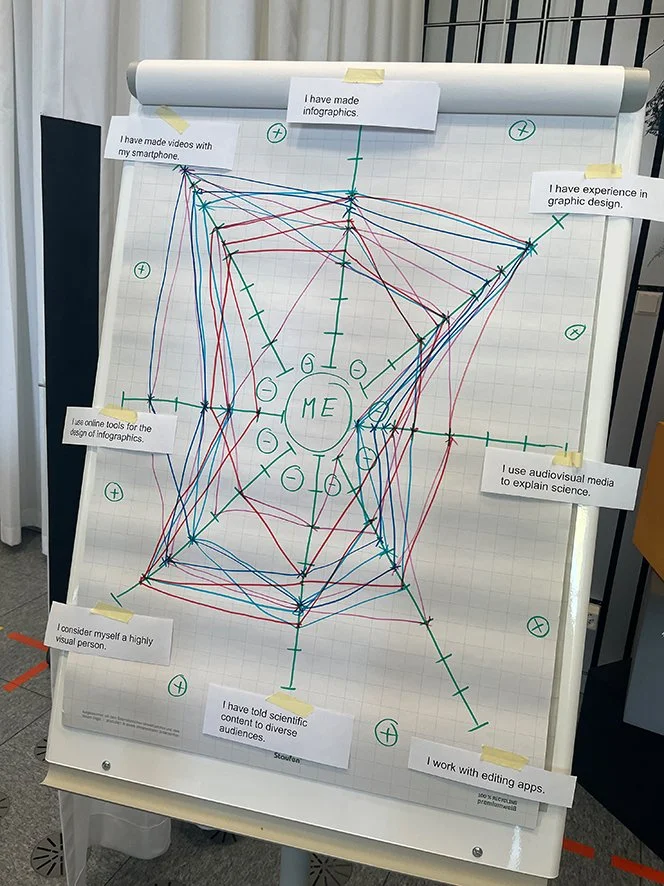
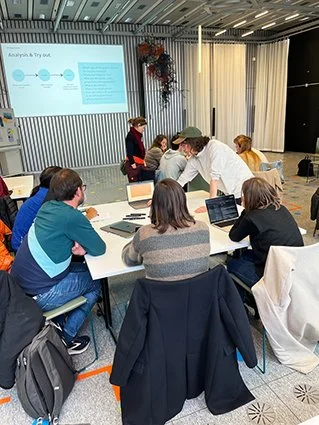
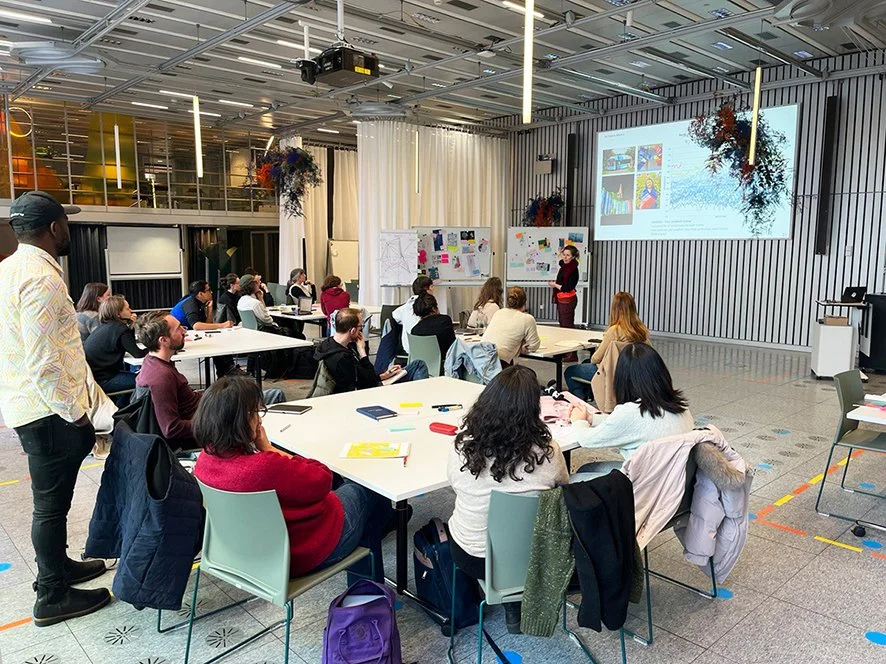
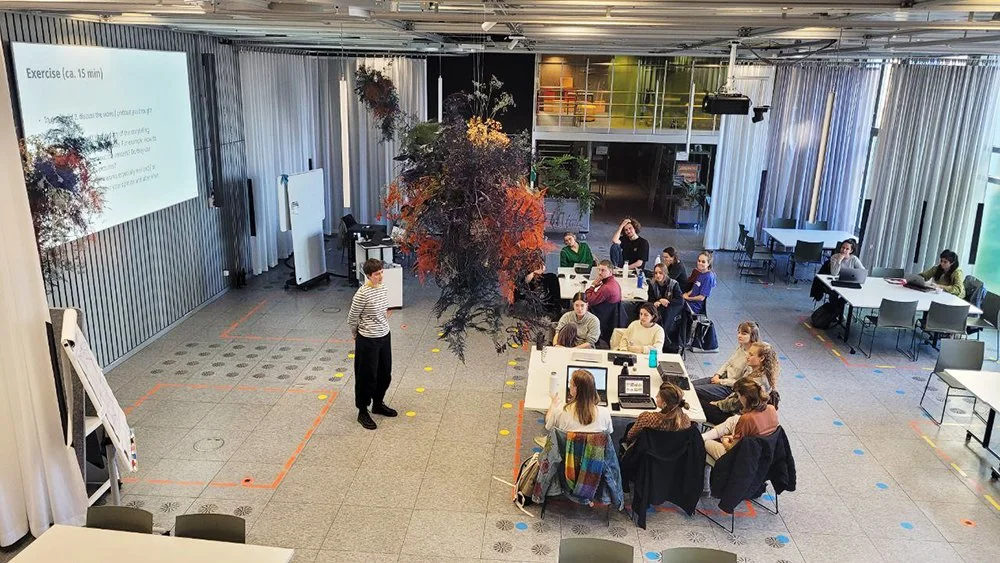
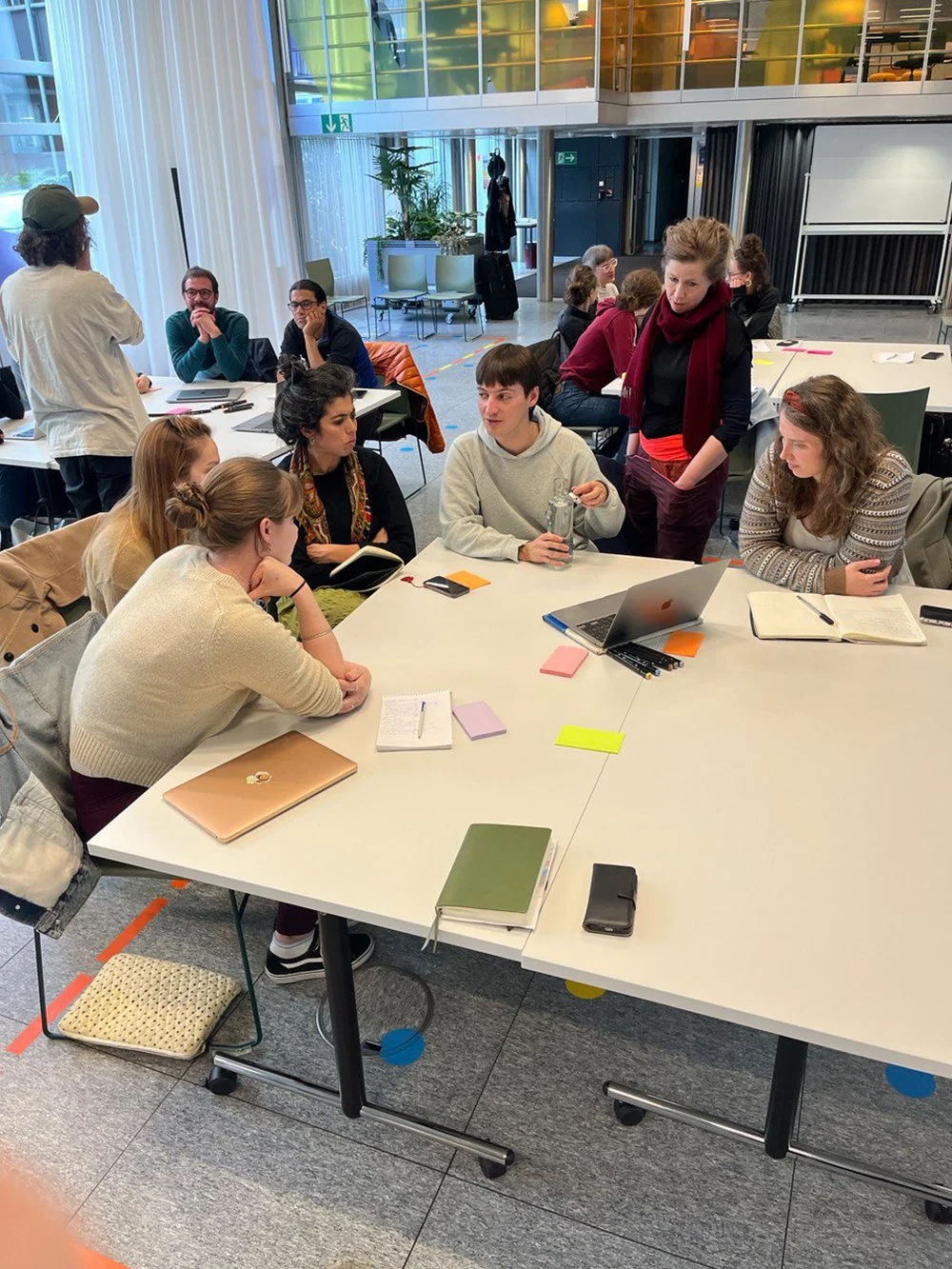
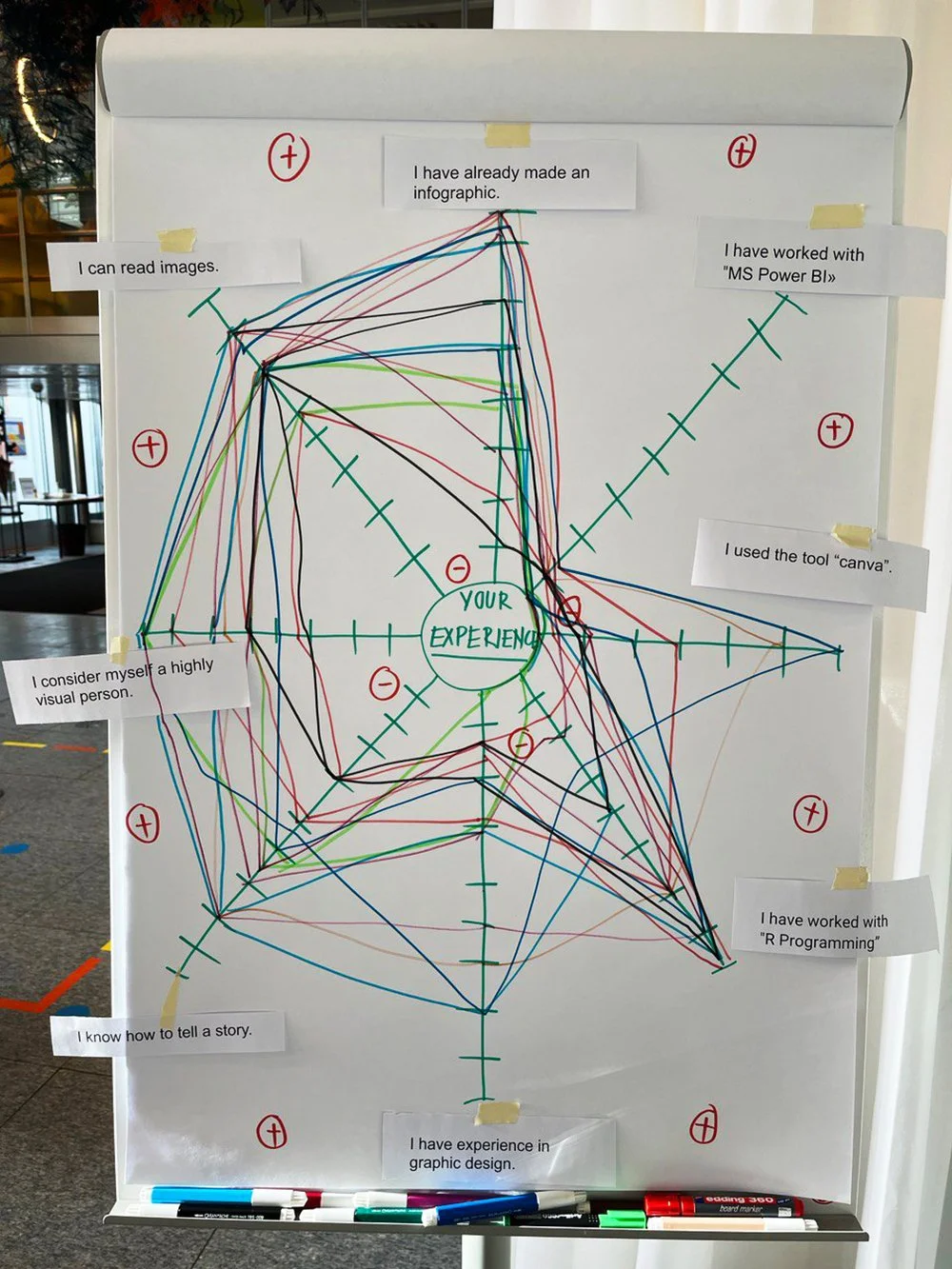
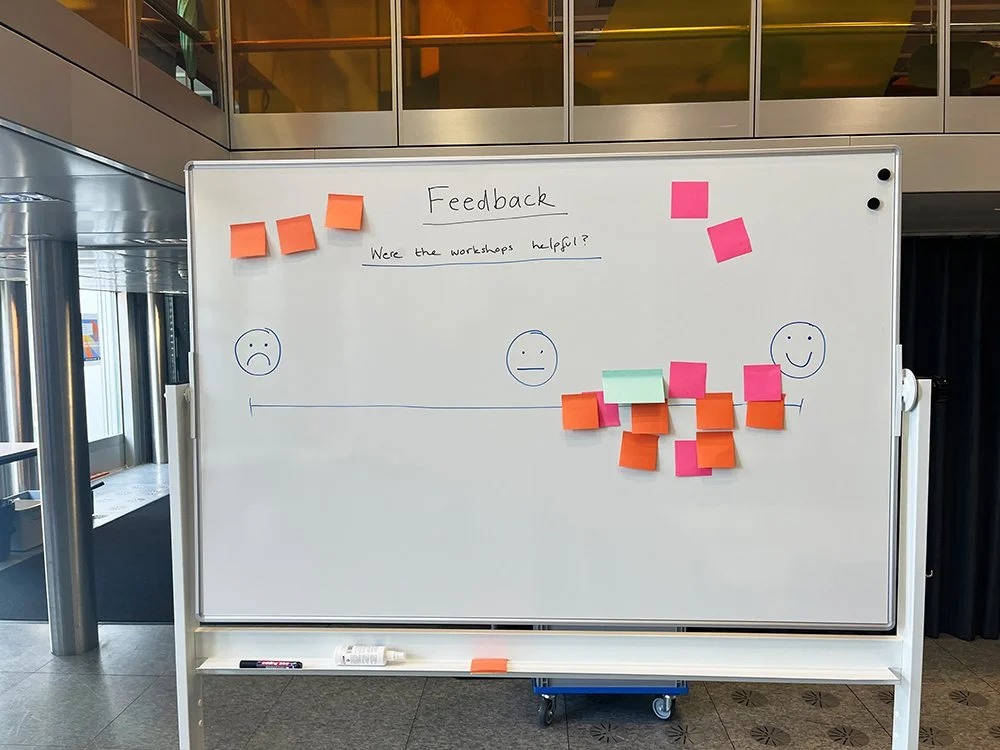
Production process
Styleframes, storyboard, WIP


